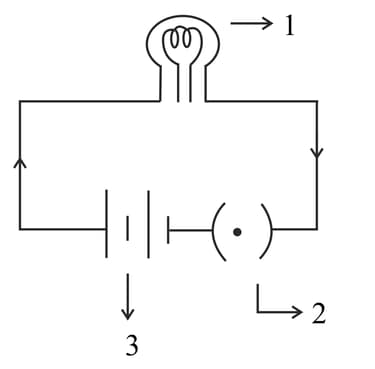Draw the correct circuit diagram to represent the circuit drawn below For instance, if a circuit has four resistors, the first resistor will be labeled "1", the second resistor will be labeled "2", and so on. By understanding circuit diagrams, you can gain a better appreciation of the devices that surround us. Learn the basics of electrical schematics, including symbols, diagrams, and how to read and interpret them. Get started with Electrical Schematics 101. A circuit diagram is a graphical representation of an electrical or electronic circuit, connecting all the components with lines and symbols. Circuit diagrams are essential for engineers, scientists, and technicians to design, build and troubleshoot electronic circuits.

Overall, circuit diagrams are a valuable tool for anyone who needs to understand how electric circuits work. With a simple circuit diagram with explanation and examples, users can easily trace the path of current flow and identify any problems with the circuit. Discover the fundamentals of circuit diagrams, including how to read them and interpret various circuit components. Explore practical examples and understand the symbols used to denote batteries, resistors, voltmeters and more.

Components, Reading Guide and Examples Circuit Diagram
Learn to read and understand any circuit diagram. There are only a few things you need to know, then you can build whatever circuit you want.

A circuit diagram is a representation of an electrical circuit, therefore, its components are similar to that of an actual circuit. These components help in understanding and analyzing the circuit diagram in a better way.

How to Read Circuit Diagrams for Beginners
An electrical schematic is a diagram that shows how all of the wires and components in an electronic circuit are connected. They're like a map for building or troubleshooting circuits, and can tell you almost everything you need to know to understand how a circuit works.
